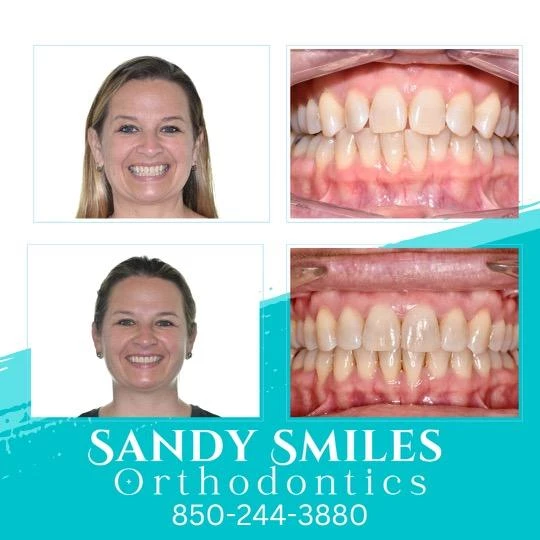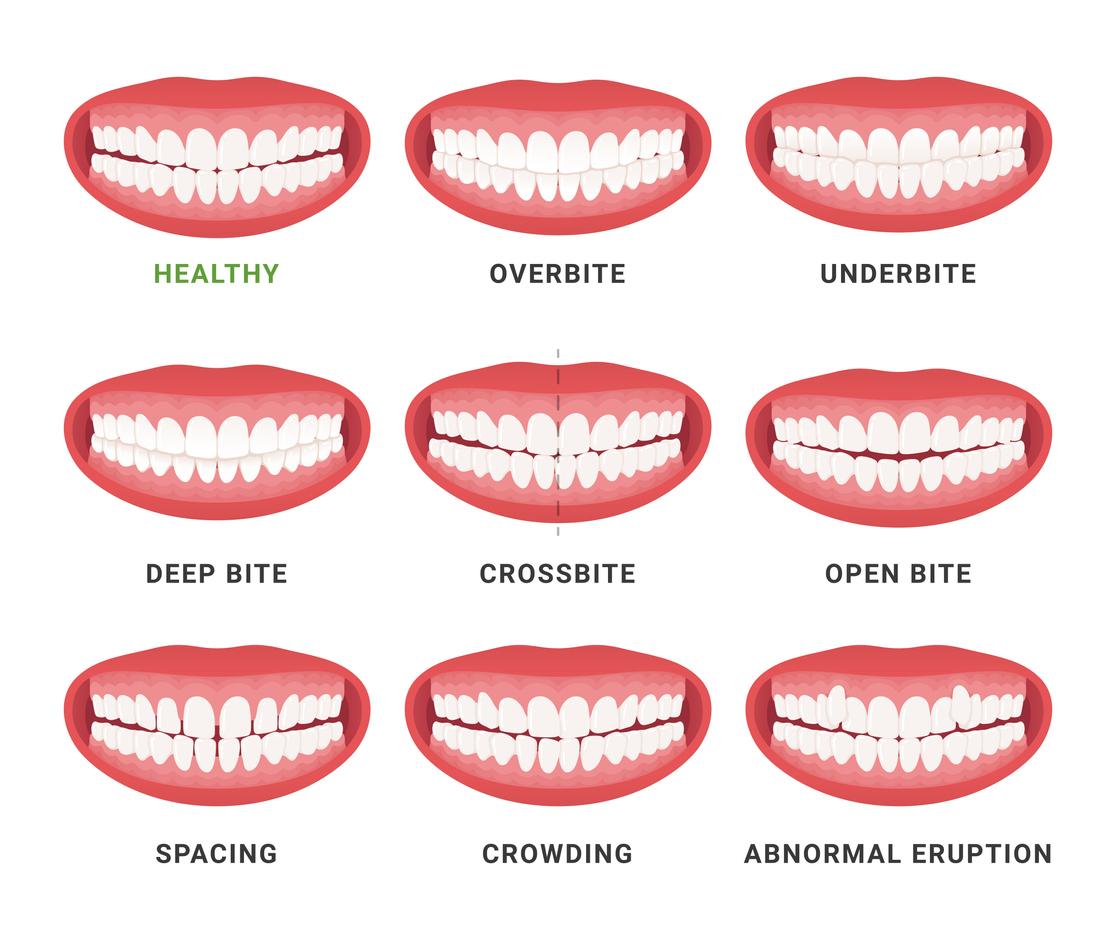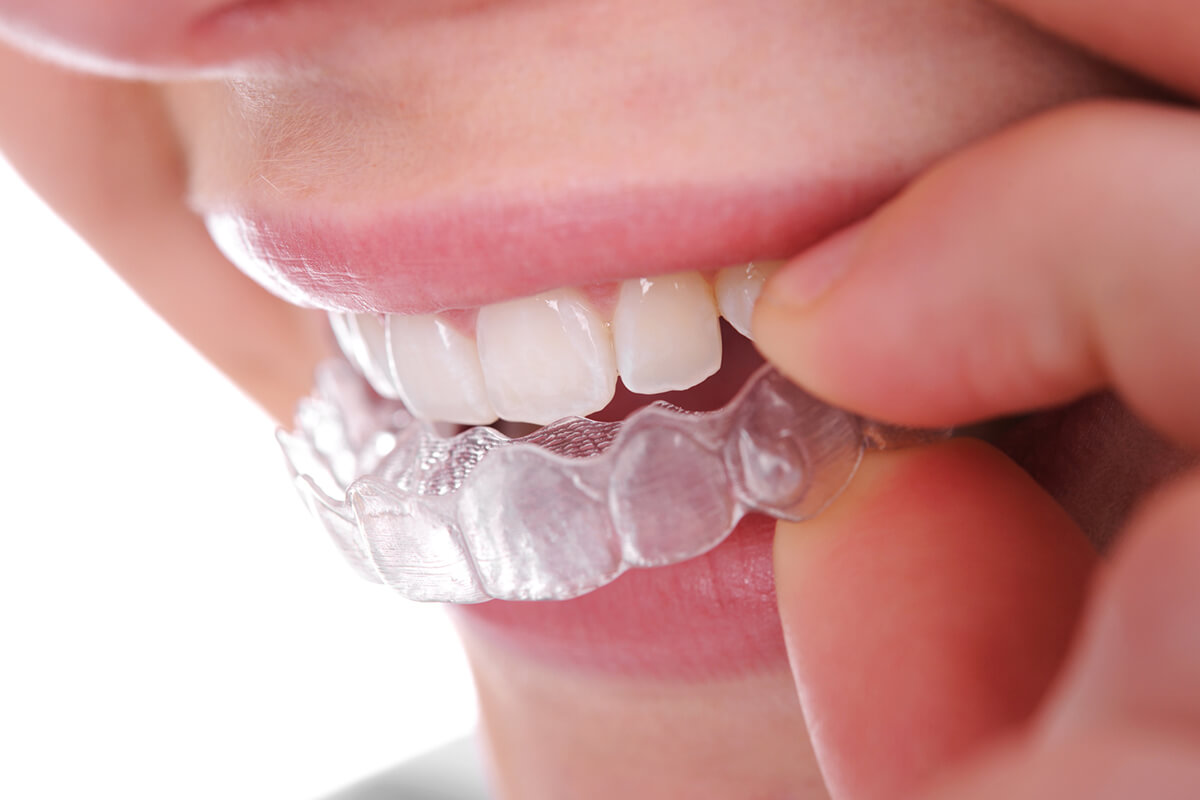Top Reasons to Select Invisalign Over Other Orthodontic Treatments
Top Reasons to Select Invisalign Over Other Orthodontic Treatments
Blog Article
Invisalign vs. Standard Dental braces: Which Alternative Is Right for You?
When taking into consideration orthodontic treatment, the choice in between Invisalign and typical braces presents a number of vital factors that merit cautious analysis. Invisalign offers a discreet choice with detachable aligners, while traditional braces supply a much more noticeable yet effective option for serious imbalance. Each alternative incorporates distinct benefits and disadvantages associated to looks, convenience, therapy duration, and cost. Comprehending these subtleties is essential for making a notified decision that aligns with your personal choices and lifestyle. The concern continues to be: which alternative will ideal meet your orthodontic needs and assumptions?
Overview of Therapy Choices

In contrast, standard dental braces contain steel brackets and cables that are bonded to the teeth. This technique uses continuous stress in time to attain placement. While effective for complicated orthodontic concerns, traditional braces call for regular brows through for adjustments and can position obstacles in keeping oral health due to the problem of cleansing about braces and wires.
Both choices have their merits, and the option usually depends upon certain dental conditions, way of living choices, and client compliance. Eventually, consulting an orthodontic expert is vital for determining the most appropriate therapy strategy customized to specific demands. Understanding the subtleties of each alternative can considerably affect the total success of orthodontic treatment.
Visual Factors To Consider
A significant factor affecting the option in between Invisalign and typical dental braces is the aesthetic appeal each therapy provides. Invisalign aligners are crafted from clear plastic, making them virtually unnoticeable when worn.
On the other hand, standard braces are composed of metal brackets and cables, which can be extra obvious. While improvements in orthodontic technology have actually caused the development of smaller sized braces and colored elastics, typical braces still keep a more obvious profile. For some people, the exposure of braces might deter them from seeking essential treatment.
Ultimately, the selection in between Invisalign and traditional braces may rest on individual choices regarding visual appeals. Patients who prioritize discretion usually favor Invisalign, while those that are much less concerned regarding presence might opt for standard dental braces. Comprehending the visual effects of each option is vital for making an informed decision that lines up with one's way of living and choices.
Comfort and Convenience

In terms of benefit, Invisalign aligners are removable, enabling clients to appreciate their favored foods without restriction and maintain optimum oral hygiene. Cleaning and flossing are streamlined, as the aligners can be secured during these regimens, whereas typical braces require mindful navigating around cords and braces.
In comparison, traditional braces demand regular modifications, making them less practical for those with active routines. Overall, the comfort and visit here ease of Invisalign make it an appealing selection for lots of individuals looking for orthodontic treatment.
Therapy Duration and Performance
While both Invisalign and conventional dental braces are reliable in correcting dental misalignments, the period of therapy can vary substantially in between the two choices. Usually, Invisalign therapy can take anywhere from 12 to 18 months, depending upon the intricacy of the instance. The clear aligners function by gradually shifting teeth into their preferred placements, and regular follow-ups with an orthodontist assistance make certain progress stays on the right track.
On the other hand, traditional braces usually need a longer commitment, typically varying from 18 months to three years. This results from their set nature and making use of cables and brackets, which can be much more efficient for complex cases and severe imbalances (Invisalign). The therapy performance of typical braces is well-documented, as they permit specific changes and better control over tooth activity
Eventually, the option between Invisalign and conventional braces may depend upon both the anticipated therapy period and the certain dental issues available. Consulting with an orthodontist is essential, as they can offer tailored referrals based upon private needs, guaranteeing the chosen method straightens with desired timeframes and outcomes.
Price Contrast and Insurance Policy Choices
Cost plays a substantial duty in the decision-making process for individuals taking into consideration orthodontic therapy, whether selecting Invisalign or standard braces. Typically, the expense of Invisalign ranges from $3,000 to $8,000, while traditional dental braces commonly set you back between $2,000 and $6,000. Elements affecting these costs include the complexity of the situation, the period of treatment, and geographical area.
Insurance policy coverage can dramatically affect out-of-pocket expenditures. Lots of dental insurance coverage strategies provide partial insurance coverage for orthodontic treatments, yet the specifics can vary commonly. It is essential for individuals to examine their insurance coverage to figure out the level of protection for either alternative. Generally, standard dental braces may be a lot more frequently covered by insurance coverage strategies contrasted to Source Invisalign, which some insurance companies classify as a cosmetic procedure.
In addition, several orthodontic practices use adaptable repayment strategies, making both therapy alternatives extra accessible. Clients ought my link to ask regarding possible funding alternatives and discounts for upfront payments. Assessing the total cost, including insurance advantages and layaway plan, is crucial for making an educated choice that straightens with both visual preferences and budget plan factors to consider.

Verdict
In summary, the choice between Invisalign and typical dental braces depends upon several elements, including aesthetic choices, convenience, therapy period, and price. Invisalign supplies a very discreet, removable option that helps with oral health and nutritional adaptability, while standard braces may be better for intricate oral problems and frequently come with a reduced rate factor. Eventually, examination with an orthodontist is necessary to examine private situations and identify one of the most proper treatment alternative for accomplishing ideal oral positioning.
When considering orthodontic therapy, the option in between Invisalign and standard braces offers a number of important variables that merit careful analysis.Contrasting Invisalign and standard braces exposes distinct therapy choices for orthodontic improvement.While both Invisalign and standard braces are reliable in remedying dental imbalances, the duration of therapy can vary dramatically between the 2 options.Expense plays a substantial role in the decision-making process for people taking into consideration orthodontic treatment, whether opting for Invisalign or typical braces.In recap, the selection between Invisalign and conventional dental braces pivots on multiple elements, consisting of aesthetic choices, comfort, therapy duration, and cost.
Report this page